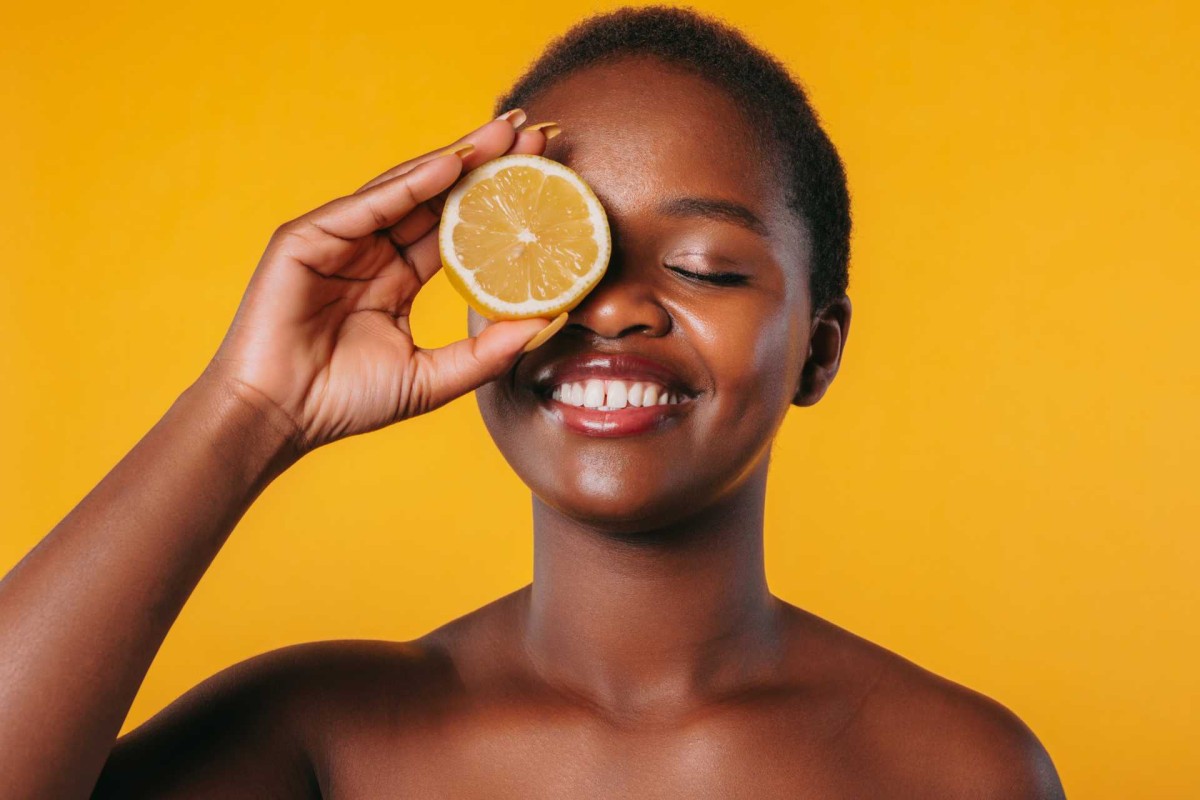The idea of ‘eating your skincare’ might sound absurd, but it’s huge on TikTok, Instagram, and other social media sites. There, beauty influencers spoon up ‘retinol salads’, sip on mushroom serums, and whip up edible face masks made from yoghurt and avocado. The phrase has become shorthand for a movement that blurs the line between nutrition and beauty. If it isn’t good enough to eat, is it good enough to put on your skin? Why not nourish the skin from within?
Eating your skincare isn’t entirely new, but it’s gone mainstream thanks to social media sites. Both topical and ingestible skincare serve their functions, and both have proven positive effects on skin health. But in 2025, millions of users have tuned in to viral clips that promise a bowl of carrots or a collagen smoothie can replace their skincare regimen.
The best glow comes from balance: good food, smart skincare, and a healthy dose of scepticism about what’s trending online. Some dermatologists roll their eyes, while others see the online trend as a symptom of the growing demand for cleaner, more transparent products that understand the link between our diet and our skin.
Collagen
The poster child of edible beauty, collagen is widely valued within the global nutricosmetics market. It’s the most abundant protein in the body and serves as the primary building block of connective tissues, including skin, bones, and muscles. Collagen coffee is big on TikTok, where creators mix peptide powder into their morning brew in the name of firmer skin. Others blend collagen smoothies with Greek yoghurt, mixed berries, and chia seeds. Bone broth with carrots and ginger is another collagen-rich dinner. One late 2024 video rebranded tremella mushroom soup, long prized in East Asian cooking for its hydrating qualities, as ‘eating your moisturiser’. Though these foods won’t replace topical moisturisers, collagen products have made ‘beauty from within’ a daily ritual for millions.
Retinol
When British social media influencer Tammy Weatherhead posted her ‘retinol salad’ recipe—grated carrot, avocado, and olive oil—she claimed she was literally eating her skincare. Beta-carotene, found in orange and leafy vegetables, converts to vitamin A in the body, which is the same nutrient retinol is derived from, and it supports healthy cell turnover. You can make your own version with roasted pumpkin and chickpeas tossed in olive oil, or blend a carrot-ginger juice for a quick glow drink. It won’t match the potency of a topical retinol serum, but it’s a delicious reminder that what you eat matters for your skin.
Vitamin C
Few nutrients capture the glow-up obsession quite like vitamin C. One ‘eat your skincare’ dinner that took social media by storm walked viewers through a salmon-and-citrus meal. The trend taps into vitamin C’s nutrient-proven role in brightening one’s complexion, fading pigmentation, and supporting collagen synthesis. For an edible glow boost, try a citrus-and-pomegranate fruit bowl, or blend a morning smoothie with strawberries, spinach, and a squeeze of lemon. Another favourite is a turmeric-citrus tonic: equal parts orange and lemon juice, grated turmeric, and honey.





